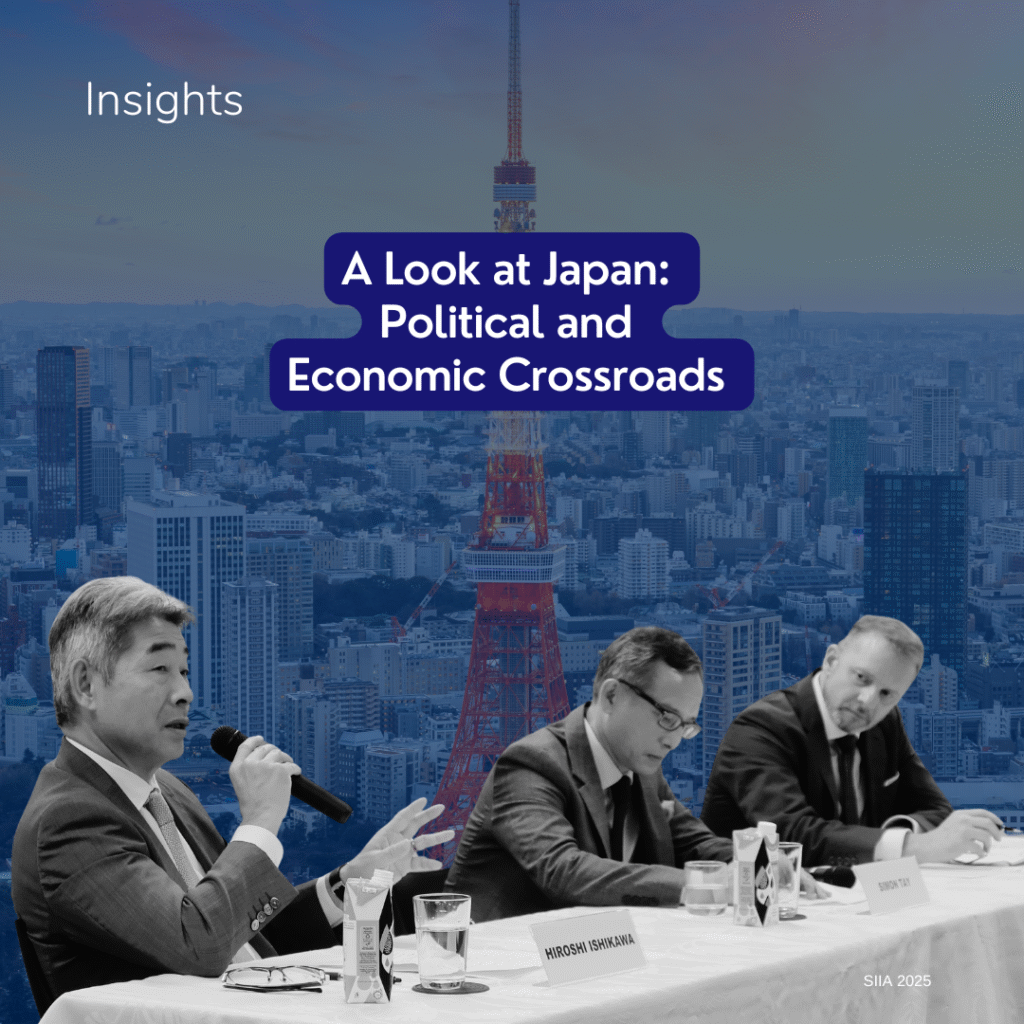Last weekend, Myanmar finally made its debut as ASEAN Chairman, hosting the 24th ASEAN Summit in Naypyidaw. In the lead-up to the Summit, the escalation of the tension in the South China Sea put a challenge to Myanmar’s Chairmanship and ASEAN unity.
Testing ASEAN Unity under Myanmar’s Leadership
The choppy waters of the South China Sea dispute have tested ASEAN unity in the past. In 2012, Cambodia’s close ties with China affected its Chairmanship, with disagreements over the South China Sea issue derailing the customary joint communiqué at the Summit for the first time.
Despite its similarly friendly ties with China, Myanmar has fared better at keeping an even hand in chairing the Summit. At the ASEAN Foreign Ministers Meeting ahead of the Summit, the ministers articulated serious concerns over the developments in the disputed waters and agreed to issue a joint communiqué on the matter at a later date. Diplomats at the Summit have also expressed satisfaction with the consensus on the peaceful settlement of disputes.
Even though the South China Sea issue was noticeably absent from Myanmar President Thein Sein’s opening address, the Summit eventually adopted the Nay Pyi Taw Declaration on the Realisation of the ASEAN Community by 2015. The Declaration calls on all parties to exercise self-restraint and the non-use of force to avoid further escalations, and to work towards an early conclusion of the Code of Conduct of the Parties in the South China Sea.
This bodes well for ASEAN centrality as the grouping moves towards greater integration, and reflects positively on Myanmar’s improving credibility on the international stage.
Staying on the Agenda
Despite escalating South China Sea tensions dominating the headlines, Myanmar must be commended for not allowing the dispute to unduly overshadow the Summit and for keeping to ASEAN’s internal agenda.
With the 2015 milestone for the ASEAN Economic Community (AEC) on the horizon, the Summit has galvanised political will to meet integration targets. However, reservations remain. Although close to 80 per cent of AEC’s implementation goals have been met, smaller economies like Cambodia, Laos, Myanmar and Vietnam may not be ready for the planned economic liberalisation.
To that end, ASEAN leaders have committed to focus on nurturing small and medium-sized enterprises (SMEs) in the region as ASEAN moves beyond the 2015 landmark. A conducive policy environment for SME development will cushion the impact of economic liberalisation by growing the smaller economies and narrowing the development gap between ASEAN members.
Sources
Thai political crisis, China territorial disputes top ASEAN summit [Deutsche Welle, 11 May 2014]
PH, other ASEAN members satisfied with talks on South China Sea [Solar News, 12 May 2014]
Integration, economy, global issues get focus at 24th ASEAN Summit [Xinhua, 11 May 2014]
Photo Credit: ASEAN Myanmar National Secretariat, Ministry of Foreign Affairs (Myanmar)




